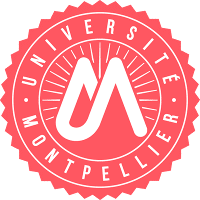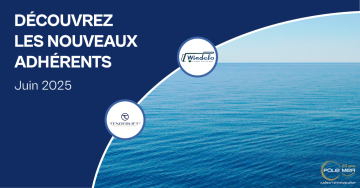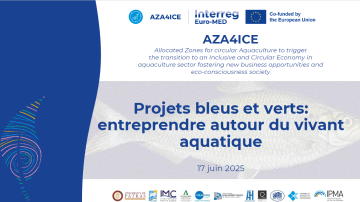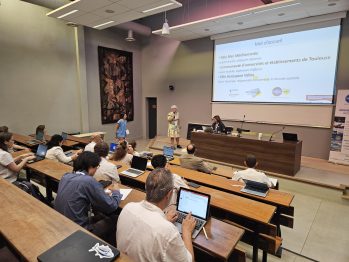The project OURCOASTS [Offshore to Ultra-high Resolution Coastal Ocean : Applied Science, Tools and Systems] belongs to the science of shallow water hydromorphodynamics – the coupled physics of waves, current, transport and landscape evolution in the littoral zone. The primary goal of OURCOASTS is to overcome severalNpivotal theoretical bottlenecks in the description of shallow water mechanisms ofNprimary importance for the quantification of littoral dynamics, hazards and resources.
Second, the ambition of OURCOASTS is to contribute to the development of acomprehensive numerical simulation chain from the deep water ocean to the coastline following an Ultra High Resolution [UHR] innovative tactic with no equivalent to date, i.e embedding physical processes occurring near by the shoreline never considered before in such a comprehensive workflow, with a spatial reliability better than 5 m. As the research on marine environments has grown from both ends, the physics of deep water and beach/cliff processes, OURCOASTS also bridges the gap between oceanography, wave-current hydraulics, and littoral sciences. The OURCOASTS consortium is built upon four partners (GLADYS/UM, LEGOS, Météo-France & SHOM) and a group of 19 scientists and engineers fully specialized on the concerned topics.
Figure Marine processes are explored at 4 different resolutions: GR = Global; HR = High; VHR = Very High; UHR
= Ultra-High. Moving from VHR to UHR needs the introduction of physics and is not a simple question of
increasing time and spatial scales. Signs #X are defined in the text below. Physics for UHR also occur at large
scales and models must be set while keeping this in mind.
Task 1 [GR to UHR modelling chain] will operate a robust HR to VHR chain including the pilot site using the feed-backs from the former VHR initiatives chain run along the Atlantic
- Coast. The task 1.1 [configurations] will consist of defining the precise zone and periods concerned by the VHR simulations, and preparing the relevant grids and forcings.
- Task 1.2 [simulations] will be the setting of the HR to VHR chain, its calibration (thanks to task 4), and the production of datasets for the periods agreed.
- Task 1.3 [operate] will correspond to the adaptation of the VHR chain in a pre- operational chain, namely able to embed any new UHR development coming from tasks 2 and 3.
Task 2 [UHR deterministic wave/current modelling] represents all the theoretical and numerical efforts done on the breakthroughs
#A, #B and #C, described above. For this, two activities arise.
- Task 2.1 [upstream issues] will group all of the effort required to better answer these questions (physics).
- Task 2.2 [practical issues] will consist of discussions of the integration (analytical solutions, numerical scheme) in the UHR chain of the solved problems.
Task 3 [UHR alternative developments] will follow exactly the same organisation as task 2 but for the breakthroughs #D, #E and #F.
Task 4 [field works & validation procedures] represents all matters in relation with the information from the field.
- Precisely, task 4.1 [data preparation] will format and explore former in-situ campaigns of the partnership for the purpose of activities in tasks 1, 2 and 3.
- Task 4.2 [field campaign] will concern the deployment on the pilot site (equipment, logistics, field operations, full data analysis).
- Task 4.3 [synthesis] will be the place where validation of the UHR chain







